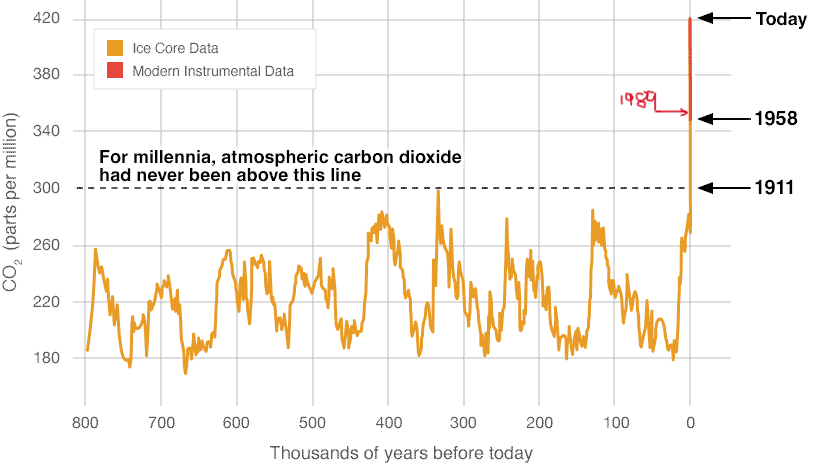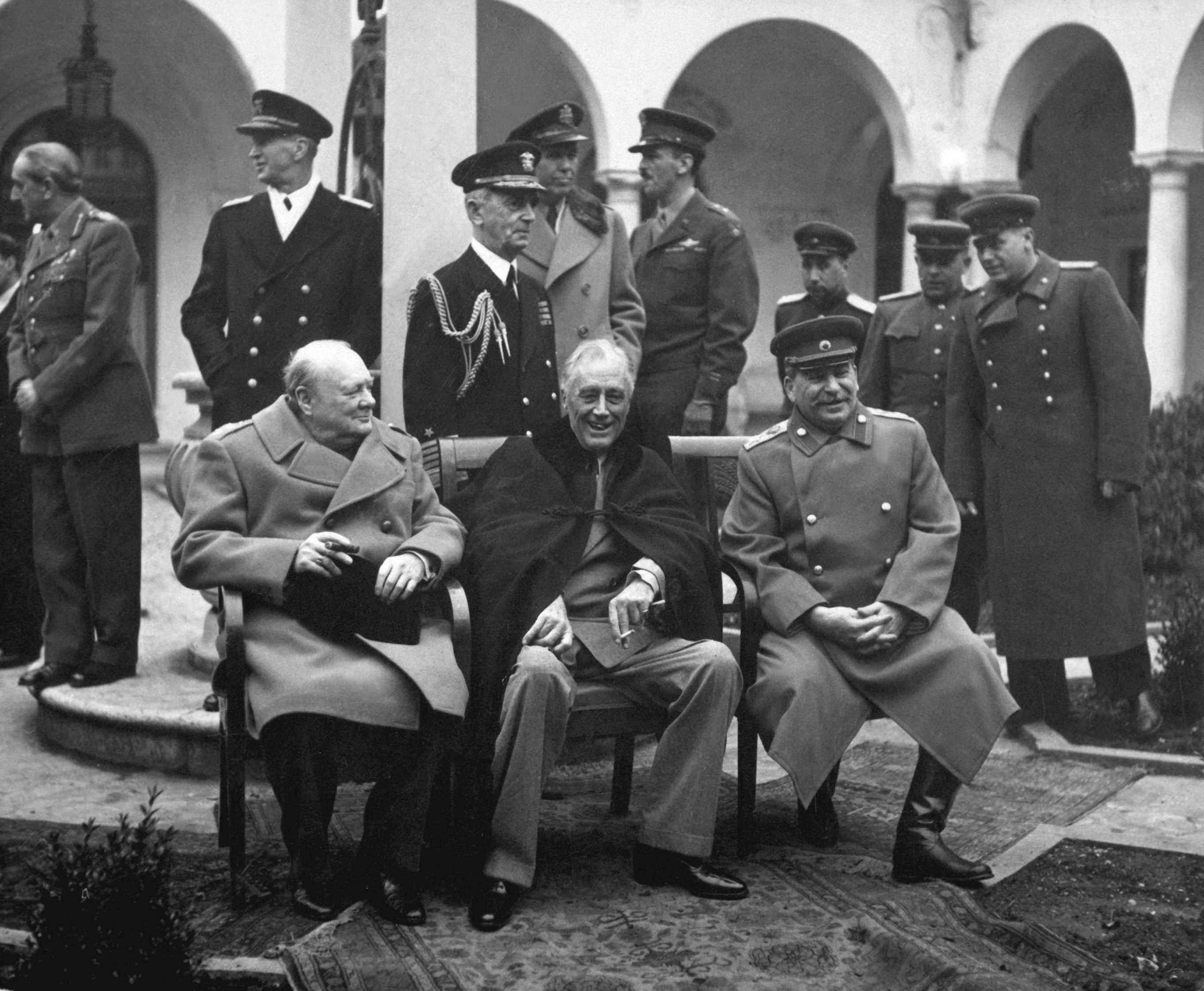What happened here?
It’s like the stock market. If it got this high, it can go higher.
Paleocene-eocene thermal maximum was like 2000-3000 ppm

This was 66-34 million years ago for anyone wondering.
Please label 1989

The co2 level in 1989 was 353 ppm, roughly there ^Finally some clarity. Thank you.
Psh, another Swiftie
I farted
This website has such a stupid sense of humor because I was gonna comment this as soon as I saw this post but you beat me to it. All hexbear knows is peepee poopoo, fart, dirty owl, be gay and lie
as a result of the industrial revolution and its effects on agriculture, a sharp upward trend occurred in the mass cultivation and consumption of the beanis (our fates were sealed soon thereafter)



Sadly practical prefix that I am not at all a skeptic - I just think this graph doesn’t show as much as one might argue.
Isn’t ice core data actually only an indicator of ‘average’ CO2 concentration rolling over so many years (decades-centuries)? CO2 diffuses in fresh forming ice, and is already averaged over the ‘trapping’ period, so historical peaks and troughs would be largely smoothed out. I don’t think this graph alone is really precise enough to claim CO2 levels could never have reached current levels for at minimum some decades (not that we have any evidence to suggest it did).
Interesting thought, but don’t you think the delta in the last 250 years or so of ice core data works against the hypothesis? In other words if smoothing worked to hide peaks in this way, how would the 1700-1958 ice core data values be possible?
There are also measurable effects of rapid concentration increases, although even the short ones tend to play out on a decadal timeline. Even if the ice cores didn’t capture those effects, it should still be visible in other non-CO2 datasets like evidence of rapid glacier melting or forest fires. (Rapid emissions have much more significant effects than slow pulses.) Afaik we’ve not found evidence of this.
You could also do a statistical analysis to estimate original impulses from the diffused CO2 data as they would still have an identifiable effect even if diffused. I’m not sure what if any research has been done along those lines.
So- I’m actually not too familiar with how precise ice core measurements are. If you have something specific you think I should read I’d love to see. I’m also recovering from getting my wisdom teeth out, so I can’t spend too long looking for information.
this (preprint) paper says:
broadly speaking, the shortest resolvable signal at high-accumulation sites is about one decade Trudinger, Etheridge, et al. 2002). At the lowest accumulation sites, centennial-scales features are markedly smoothed but still resolvable Nehrbass-Ahles et al. 2020
The British Antarctic Survery says:
The fastest natural increase measured in older ice cores is around 15ppm (parts per million) over about 200 years. For comparison, atmospheric CO2 is now rising 15ppm every 6 years.
Which- to me- says it jumping 100+ ppm for a few decades and then returning would leave evidence behind? And like, why would it jump so drastically?
I don’t know, sorry if this isn’t a lot of information, I really need to go lay down now.
FA
Soon, FO
Is FO when number go down?
Carbon in atmosphere goes up but somehow that makes carbon on the surface go down?
Come on, you expect me to believe that?
also
Alex Jones literally says "carbon in the atmosphere is good for you, when they say they want to reduce carbon they are just saying they want to reduce life. We are made of carbon. Think about it.
Listening to knowledge fight has made me realize how futile arguing with right-wingers actually is.








